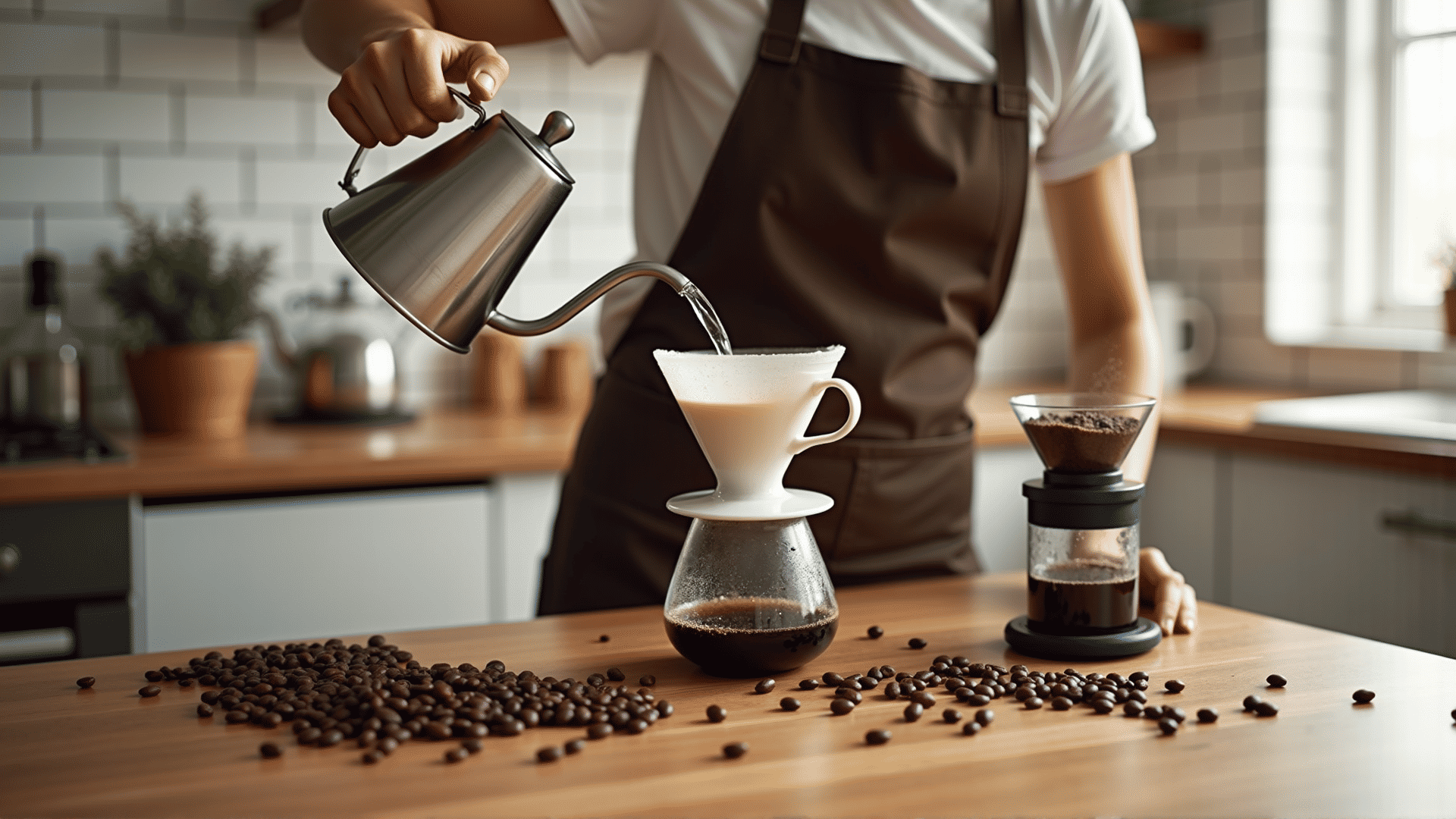Crafting the perfect cup of coffee is an art form that combines science, skill, and a bit of personal flair. Whether you’re a seasoned coffee enthusiast or just starting your journey into the world of home brewing, mastering the nuances of this beloved beverage can elevate your morning routine to a beautifully aromatic ritual. Here, we delve into the essentials of selecting the right beans and mastering brewing techniques, empowering you to become the coffee connoisseur you’ve always aspired to be.
Selecting the Right Beans
The foundation of an exceptional cup of coffee begins with the beans. With an array of options available, understanding the fundamental differences between them is crucial.
1. Arabica vs. Robusta: These are the two primary species of coffee beans. Arabica beans, known for their smooth, mild taste and delicate aroma, are immensely popular among coffee purists. On the other hand, Robusta beans have a stronger, more bitter profile and contain more caffeine, making them ideal for espresso blends.
2. Origin Matters: The geographical origin of your coffee beans can significantly affect flavor. Ethiopian beans often present floral and fruity notes, while Colombian beans are known for their rich, mild flavor and balanced acidity. Experimenting with different origins can be an adventure in itself.
3. Freshness is Key: Always opt for whole beans and grind them just before brewing for optimal freshness. Coffee begins to lose its flavor shortly after it’s ground, so maintaining this simple practice ensures you’re getting the most from your beans.
Mastering Brewing Techniques
With quality beans in hand, the next step is to explore various brewing methods to find the perfect match for your taste preferences.
1. Drip Coffee Maker: This classic method is convenient and reliable. For a perfect cup, use a medium grind and adhere to a water-to-coffee ratio of about 1:15. Ensure your machine is clean, as it can impact the taste.
2. French Press: Known for preserving the beans' natural oils, the French Press delivers a rich, full-bodied flavor. Use a coarse grind, add hot water, and let it steep for about four minutes before pressing.
3. Pour-Over: Often hailed for its ability to unlock complex flavors, the pour-over method requires precision and patience. Use a gooseneck kettle for control, and aim for a steady, slow pour to ensure even saturation.
4. Espresso Machine: If you prefer a bold, concentrated brew, investing in an espresso machine might be for you. Precision is key here, from temperature control to pressure. Practicing your tamping technique ensures even extraction.
5. Cold Brew: For a refreshing twist, try cold brewing. Coarsely grind your beans, mix them with cold water, and let it steep in the fridge for 12 to 24 hours. The result is a smooth, mellow beverage perfect for warm days.
Fine-Tuning Your Brew
Even with the right beans and technique, the subtleties in water quality, temperature, and brewing time can make a difference.
1. Water Quality: Since coffee is 98% water, using filtered or bottled water can improve your brew’s taste significantly.
2. Temperature: The ideal brewing temperature is between 195°F and 205°F. Too hot, and you risk a bitter flavor; too cool, and your brew may be under-extracted and sour.
3. Brewing Time: Adhering to recommended times for each method ensures you achieve the best extraction. Over-extraction can lead to bitterness, while under-extraction might result in a weak brew.
Crafting Your Signature Cup
Finally, give your coffee a personal touch. Whether it’s a dash of cinnamon, a splash of non-dairy milk, or a dollop of whipped cream, customizing your cup enhances the experience.
Embarking on the path to perfecting your coffee craft is as much about enjoying the journey as it is about savoring the destination. With practice and a keen sense of taste, each cup you brew will be a testament to your growing expertise as a true coffee connoisseur. Enjoy every sip and let the art of brewing transform your coffee experience at home.
